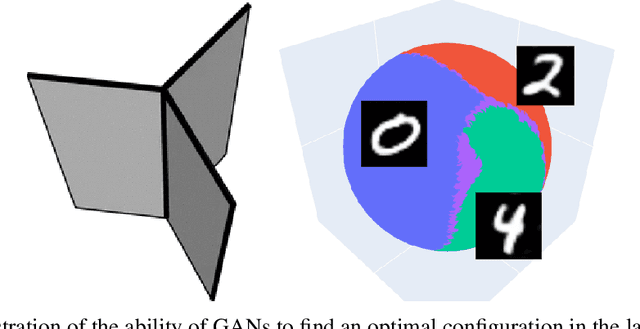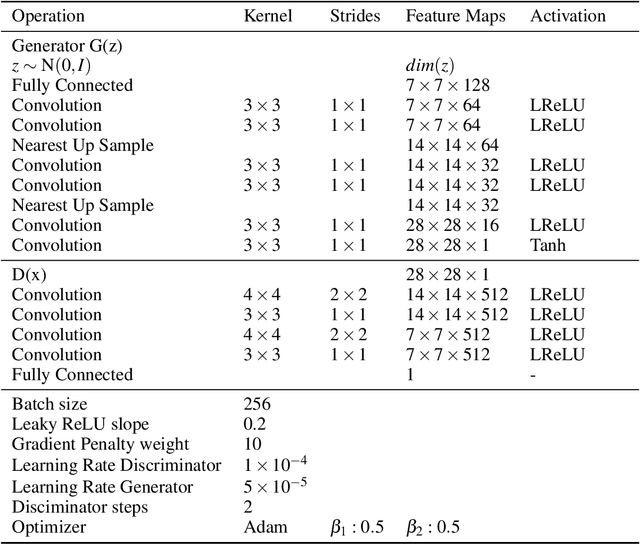Optimal precision for GANs
Paper and Code
Jul 21, 2022



When learning disconnected distributions, Generative adversarial networks (GANs) are known to face model misspecification. Indeed, a continuous mapping from a unimodal latent distribution to a disconnected one is impossible, so GANs necessarily generate samples outside of the support of the target distribution. This raises a fundamental question: what is the latent space partition that minimizes the measure of these areas? Building on a recent result of geometric measure theory, we prove that an optimal GANs must structure its latent space as a 'simplicial cluster' - a Voronoi partition where cells are convex cones - when the dimension of the latent space is larger than the number of modes. In this configuration, each Voronoi cell maps to a distinct mode of the data. We derive both an upper and a lower bound on the optimal precision of GANs learning disconnected manifolds. Interestingly, these two bounds have the same order of decrease: $\sqrt{\log m}$, $m$ being the number of modes. Finally, we perform several experiments to exhibit the geometry of the latent space and experimentally show that GANs have a geometry with similar properties to the theoretical one.
 Add to Chrome
Add to Chrome Add to Firefox
Add to Firefox Add to Edge
Add to Edge